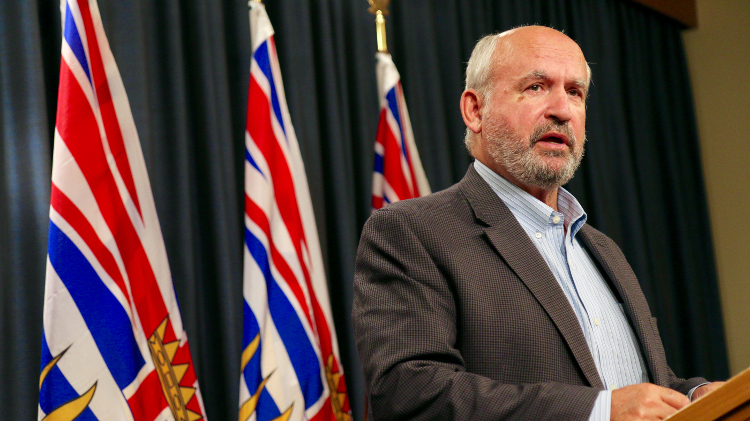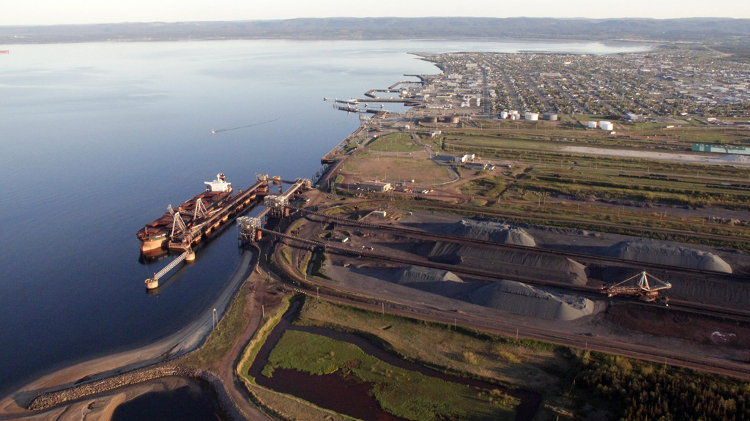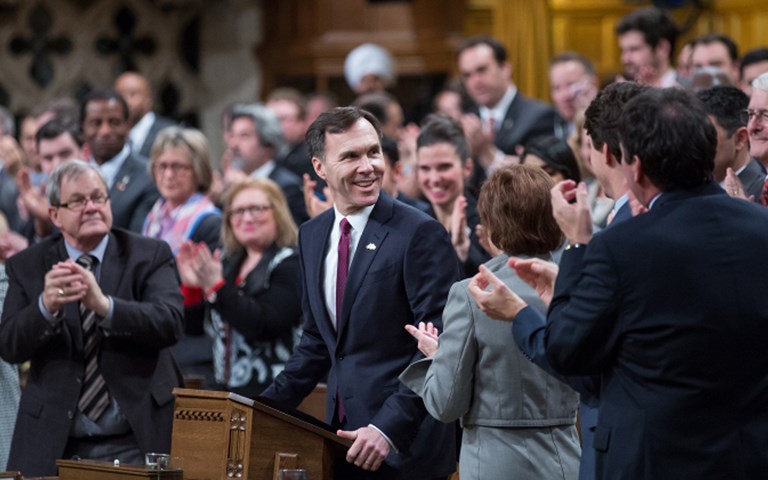Finance Minister Bill Morneau tabled his first federal budget on March 22, with funding for clean technology and exploration, and a renewal of the Mineral Exploration Tax Credit. Reproduced with the permission of the Department of Finance, 2016
Three of Canada’s main mining organizations are taking a page out of Prime Minister Justin Trudeau’s “sunny ways” playbook, at least as far as their responses to the federal budget are concerned.
There is not much in the 2016 budget specifically earmarked for mining. But the 15 per cent Mineral Exploration Tax Credit (METC) is back again for another year, extended until March 31, 2017, to the delight of the Mining Association of Canada (MAC), the Association for Mineral Exploration British Columbia (AME BC) and the Prospectors and Developers Association of Canada (PDAC).
“We heard the arguments in favour of the credit, we think they’re compelling arguments,” said Natural Resources Minister James Carr in a sit-down interview with CIM Magazine. “We certainly think that it’s well understood in the government that this has been very helpful to the mining sector.”
In an environment where capital is still hard to come by for junior miners, the METC’s incentive is vital, said MAC spokesperson Jessica Draker. “What Canada needs to ensure is that there is a pipeline of projects that could eventually become mines to ensure sustainable growth in the industry,” she said.
It is also worth keeping an eye on the government’s budget promises to change the rules surrounding Canadian Exploration Expenses to include regulatory work and consultations as eligible expenses, and its pledge not to apply any federal carbon tax in jurisdictions that already have one.
Also on the exploration side, the budget contains $87.2 million for baseline research at Natural Resources Canada, including earth sciences and mapping. “The federal government’s commitment to earth sciences and mapping as well as minerals-related research will further boost Canada’s leadership and reputation for innovation and help attract more investment into mineral exploration and development,” said Gavin Dirom, AME BC’s president and CEO, in a release.
The budget also aims to kickstart the oft-congested regulatory process with new money for federal agencies, including $16.5 million over three years for the National Energy Board, Natural Resources Canada and Transport Canada to implement the government’s new interim regulatory principles for resource projects. There is $14.2 million over four years for the Canadian Environmental Assessment Agency, and $10.1 million over four years for the Northern Projects Management Office, which coordinates federal agencies involved in regulatory proceedings in the territories.
Regulatory changes over the last few years were coupled with budget cuts to federal regulatory agencies, Draker said. “[The funding increase is] very important because it will ensure there will be enough capacity for regulators to carry out their duties, specifically the environmental assessment and permitting processes.”
The budget’s centrepiece areas of “clean growth” and initiatives to address the social and economic disparities between indigenous people and the general population offer trickle-down benefits to mining. There’s $4.2 billion over five years for education and training in indigenous communities, and $3.4 billion over five years for infrastructure, including a major spending push on housing, healthcare and water on reserves. In a statement, MAC called these investments “important building blocks for accelerating the participation of Indigenous Canadians in the mining industry.”
And there is more than $1 billion over four years for research into clean technology, something that is of great interest to miners, said Draker. The mining industry spends around $700 million per year on innovation according to MAC, including energy efficiency and reducing greenhouse gas emissions, and new federal spending on research can help “catalyze” existing investments by industry, she said.
What is absent from the budget is any specific earmarks for major infrastructure projects of interest to miners, such as badly-needed roads to Ontario’s Ring of Fire, at least for the time being. The government has pledged $120 billion for new infrastructure over the next decade, but only offers details on the first phase, which focuses mostly on public transit, municipal infrastructure projects and upgrades to existing federal infrastructure.
The Liberals say they will develop Phase 2 in consultation with provinces, territories, First Nations, cities and other stakeholders. PDAC and MAC are both keen to see much of that new investment take place in remote and northern regions of the country, as are the territorial governments. Northwest Territories premier Bob McLeod said in early March he hoped some of the federal government’s planned infrastructure funding would go to the North to assist the territory’s mining sector.
“Such investments, if made in resource-rich parts of the country, would both lead to more discoveries and would also make it economically viable to develop existing discoveries that remain undeveloped,” said PDAC president Robert Schafer. “Transportation infrastructure remains the key to unlocking the resource potential of the North.”




